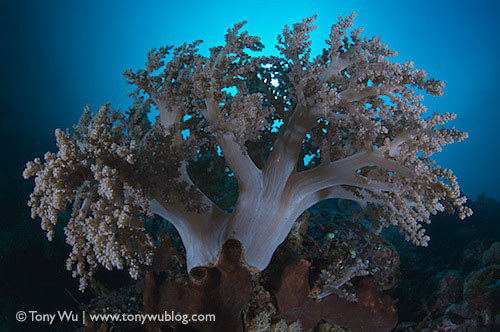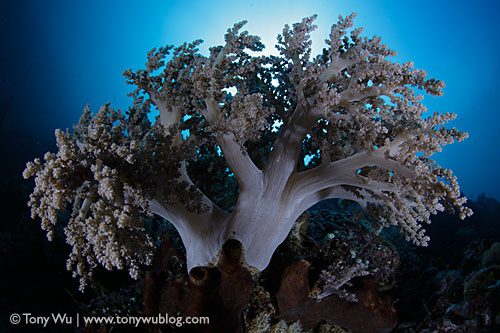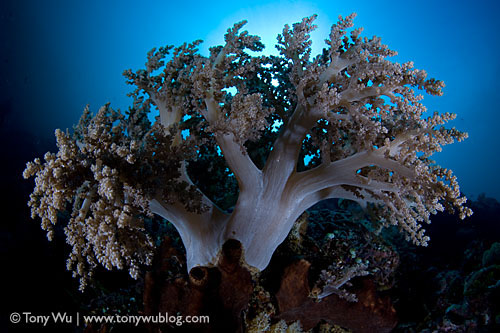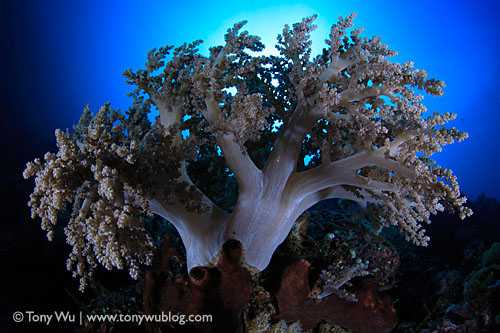I'm back from a great trip to Ambon, in the midst of going through images, which essentially means staring at a computer screen for hours on end while downing litres (or quarts, depending on your preference of measurement units) of caffeinated beverages. It's amazing how glamorous underwater photography can be sometimes.
One of the issues I have to contend with is choice of RAW converters. If you shoot in RAW (Note: If you don't...you should.), then your choice of RAW converters can make a substantial difference in how your final output looks.
Each converter interprets files slightly differently, and after extensive experimentation, I've concluded that there's no one clear choice for every occasion. In short, this means having to take a look at each image with different converters, then selecting the output I like best...a time-consuming, eye-straining process.
Taking a short break from seemingly perpetual pixel-pushing, I did a quick comparison to illustrate this point.
Below are four versions of a nice, simple image. There's not a lot of colour, so the primary emphasis is on how the blue portion looks and how contrasty the image appears. The RAW converters I used are (in order of images below): Aperture 2.1.2, Canon DPP 3.2.0.6 (Standard picture style), Adobe Camera Raw 4.6, Canon DPP 3.2.0.6 (Landscape picture style).




All the files were converted with the same settings with no additional modifications (except minor sharpening), so in theory, the only differences should result from the RAW converters. As you can see, there's a noticeable difference in how the colours, saturation and contrast levels appear.
There are other RAW converters out there, and (in the case of Canon files) with Canon DPP, there are several alternative picture styles you can select, so the potential variation doesn't end here.
As I mentioned above, there's no one formula that I follow for converting files, but here are a few guidelines I use:
- For blue images (like the ones above), I try Canon DPP first, tuning the white balance settings to try to achieve the precise hue and saturation I want. One thing I've learned is that with DPP, you have to be careful of potentially over-saturating the image.
- For colourful macro images, I use Canon DPP the most. The high saturation is often a bonus, and smooth colour transitions make the files looks really nice. The major exception is with intrinsically high contrast subjects (see next point).
- For images with a lot of inherent contrast, I try Aperture first. Aperture seems to reduce/ minimise contrast (as is apparent in the images above).
- Adobe RAW is a good middle ground, giving a not-too-contrasty, not-too-saturated, not-too-mute result. This makes sense, as you can then proceed to fine-tune with Photoshop.
- When I'm lazy or short on time, I use Aperture, because it's quick and convenient. I use Aperture to organise my files, so it's easy to find a file, do minor adjustments, then export to the specs I need.
Back to picture processing...